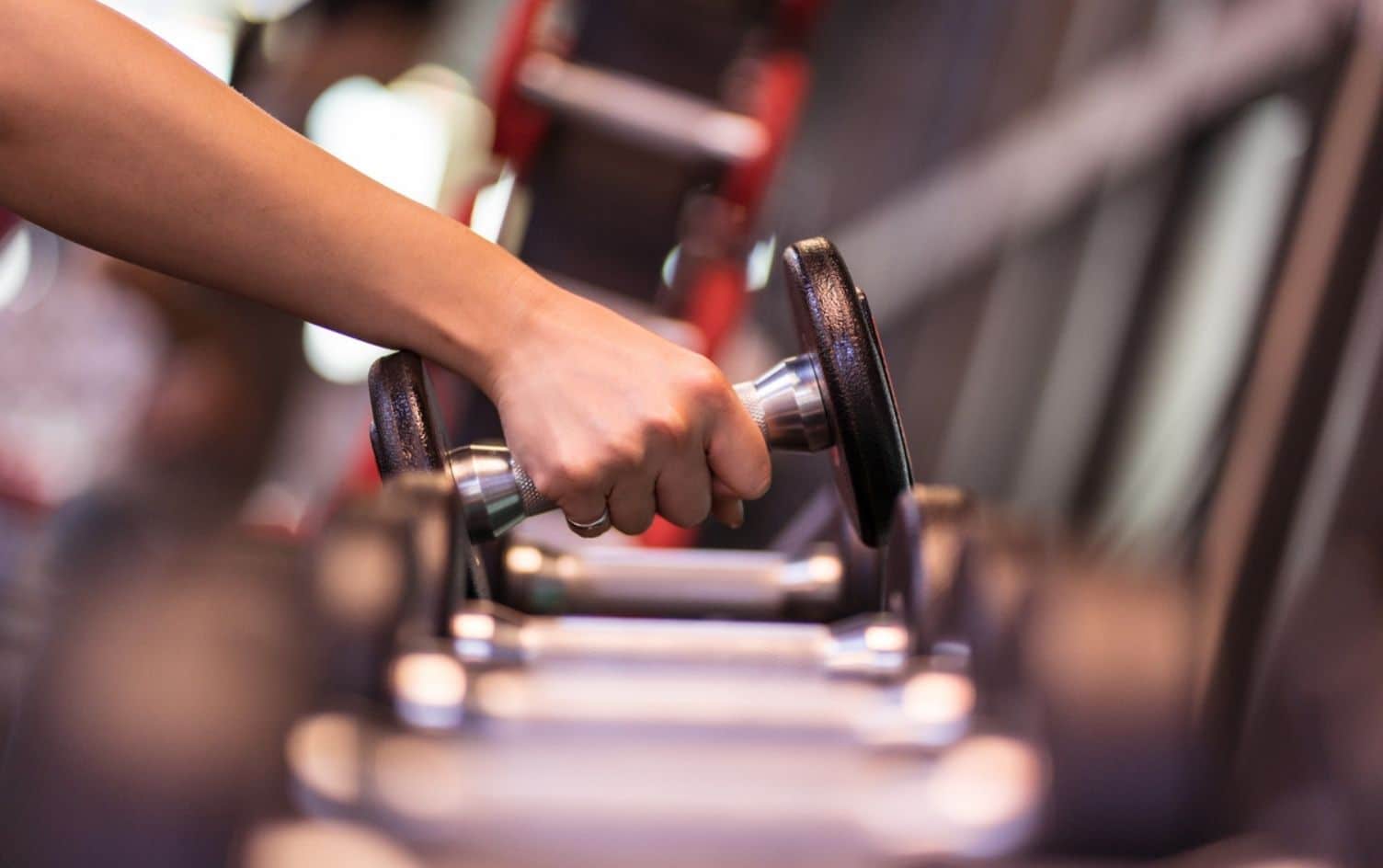Whether you’re looking to sign up for a 5K or simply live a healthier life and engage in a wide range of activities with greater ease, strength training can help you achieve your goals.
Strength training isn’t about body-building or bulging muscles. Strength training focuses on building functional strength, which means strengthening your muscles, connective tissues and bones to handle a variety of moves, whether it’s lifting, pushing or pulling and training your central nervous system to recruit muscles effectively.
Here, we’ve rounded up some of the proven benefits of strength training, along with methods on how to get started.
[eg_header]THE BENEFITS OF STRENGTH TRAINING[/eg_header]
There’s no shortage of evidence to back up the health-related benefits of strength and resistance training. It’s been shown to decrease the risk of heart attack and stroke, lower blood pressure and improve glucose metabolism and insulin sensitivity.
Strength training also has a positive influence on bone density, helping prevent osteoporosis in aging adults. Although aerobic exercise is still cited as an important component of promoting overall health, resistance exercises play a particularly vital role in building and maintaining bone mineral content and density, fortifying your bones against injuries during exercise.
If it’s a svelte figure you’re gunning for, regular resistance training has been shown to improve body composition. It also assists in reducing belly fat and building lean mass. What’s more, studies have demonstrated that weight training improves performance in other types of physical activities, including walking endurance and running economy.
Resistance training has even been cited in improving mental health. While more research is in the works, studies have shown that regular strength work can have a positive influence on reducing feelings associated with anxiety, depression and chronic fatigue. What’s more, there’s no denying the boost in self-esteem you get when you look and feel stronger.
[eg_header]BASIC METHODS OF STRENGTH TRAINING[/eg_header]
There are a wide variety of ways to arrive at the same level of functional strength, depending on the setting and equipment. One approach isn’t necessarily better than another — they simply offer different avenues to increased strength. The four main methods of strength training are: bodyweight moves, free weights, resistance bands and machines.
- Bodyweight Moves: As you might expect, bodyweight exercises build strength by requiring you to do different moves that support the weight of your own body. Think: planks, pushups and squats. The beauty of these exercises is they are supremely effective in achieving the goal of increasing strength without any equipment. If you hate going to the gym or simply find it more convenient to do your strength workouts at home, bodyweight exercises are a great option. Here’s a Quick At-Home Bodyweight Workout, plus 4 Must-Try Bodyweight Exercises.
- Free Weights: Free weights are what many people picture when they think of weightlifting, including barbells and dumbbells. They allow for full range of motion to develop overall functional strength. Every gym has free weights or you can purchase your own to train at home. Check out these Ideal Rep Ranges for Weight Loss.
- Resistance Bands: Similar to free weights, elastic resistance tubing also allows for a full range of motion. They are available in a variety of resistances to mimic increasing weight as well. Since resistance bands don’t rely on gravity the way free weights do, they offer you the opportunity to do a greater variety of functional exercises, including pushing and pulling on all planes of motion. Try this Do-Anywhere Full-Body Resistance Band Workout.
- Machines: Machines are generally easy to use — they often have diagrams that show you how to operate them. They also encourage proper form during lifting movements and isolate muscle groups if you’re looking to focus on specific areas. The downside is the movements are often less functional, so although they build strength, that strength doesn’t always translate to other activities.
READ MORE ESSENTIAL GUIDES
> Protein
> Getting Moving
> Sleep
[eg_header]GETTING STARTED[/eg_header]
The American College of Sports Medicine recommends working the major muscle groups — chest, arms, shoulders, abs, back, legs — with resistance training exercises 2–3 times per week, performing between 2–4 sets of 8–20 repetitions of each exercise. You should rest between each set and allow 48 hours of recovery between sessions.
When determining how much weight to lift or how many reps and sets to do, consider your current fitness level. At the end of each exercise, you want to feel as if you could do one more repetition. So while you should experience some fatigue, it shouldn’t be to the point of complete exhaustion.
As you build strength, it’s important to keep in mind the principle of progression, which the ACSM defines as: “The act of moving forward or advancing toward a specific goal over time until the target goal has been achieved.”
This means that a properly designed program will change in load, volume, rest and frequency so that you build strength over time. If you progress too quickly, you’re likely to get sidelined by an injury. Conversely, if your program doesn’t change to keep challenging you along the way, strength gains will plateau. The idea is to up the ante methodically over weeks, months and years to get you to that desired level of health, endurance and strength.
Since this can be tricky to determine on your own, booking a trainer is invaluable. Even if you only meet a couple of times, a trainer can help you design a program that makes sense for your fitness level and goals. A trainer will also help ensure you’re doing exercises safely and effectively, as well as address any health concerns or past injury history. Here are 6 Questions to Ask Before Hiring a Personal Trainer.




